Key Takeaways
- Carpet beetle eggs are tiny, oval, and often hidden in fabrics and furniture.
- Vacuuming, hot water washing, and insecticides help prevent infestations.
- Early detection and removal stop damage to fabrics and furnishings.
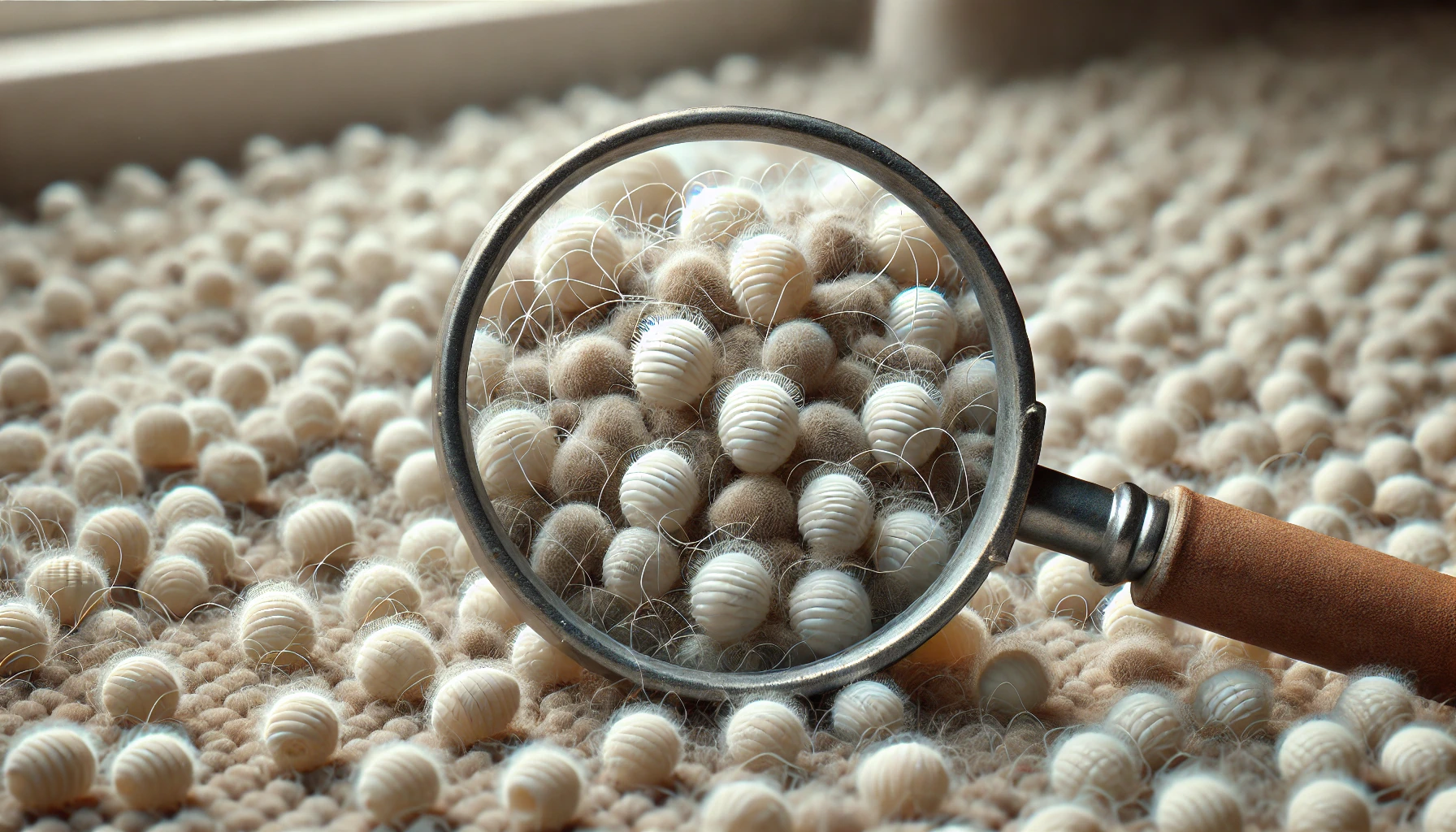 Carpet beetles are notorious household pests, well-known for the damage their larvae can cause to fabrics, carpets, and furniture. However, the often-overlooked eggs are the starting point of an infestation. Spotting and eliminating carpet beetle eggs early is essential to prevent the destructive larvae from causing damage to your belongings.
This guide explores what carpet beetle eggs look like, where to find them, how to identify them, and steps to eliminate and prevent an infestation.
If you suspect a carpet beetle infestation or need assistance in eliminating them, our expert pest control services can help protect your home effectively. Visit our Pest Control page for a customized approach to tackle carpet beetle problems and prevent future infestations.
Carpet beetles are notorious household pests, well-known for the damage their larvae can cause to fabrics, carpets, and furniture. However, the often-overlooked eggs are the starting point of an infestation. Spotting and eliminating carpet beetle eggs early is essential to prevent the destructive larvae from causing damage to your belongings.
This guide explores what carpet beetle eggs look like, where to find them, how to identify them, and steps to eliminate and prevent an infestation.
If you suspect a carpet beetle infestation or need assistance in eliminating them, our expert pest control services can help protect your home effectively. Visit our Pest Control page for a customized approach to tackle carpet beetle problems and prevent future infestations.
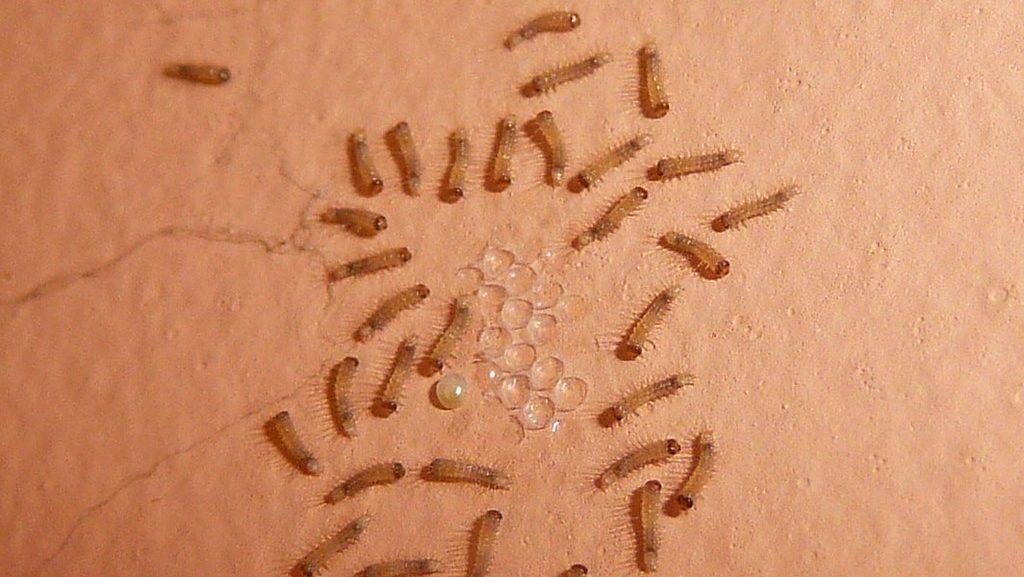

Not getting a solution?
Get your free pest control estimate today!What Are Carpet Beetle Eggs?
Carpet beetle eggs mark the first stage of the pest’s life cycle and are critical to stop an infestation. Adult beetles lay their eggs in hidden areas, often near organic materials like wool, silk, or carpets, where the emerging larvae can find food. Carpet beetle eggs are tiny, measuring about 1 mm in length. They are oval-shaped, smooth, and slightly glossy, with a white or off-white color that makes them hard to spot. These eggs are typically laid in clusters, hidden in undisturbed areas such as under furniture, behind baseboards, or inside closets. Identifying these eggs can be tricky, especially since they are so small and often hidden in dark, undisturbed places. If you do find them, it’s essential to act quickly to prevent a larger infestation.
Common Locations Where Carpet Beetle Eggs Are Found
- Carpet beetle eggs are often laid in dark, undisturbed areas where they are less likely to be harmed. Common locations include:
-
Under Rugs and Carpets: Eggs are often deposited on the undersides of rugs or in the fibers of wall-to-wall carpeting.
-
Behind Furniture: Check areas like the backs of sofas, chairs, and cabinets where beetles can find undisturbed spaces.
-
In Closets and Attics: Stored fabrics, such as wool sweaters or natural-fiber blankets, are prime locations for eggs.
-
Inside Furniture Cushions: Upholstered furniture can house eggs in its seams and hidden corners.
-
Cracks and Baseboards: Eggs can also be tucked into cracks in wooden floors or along baseboards.
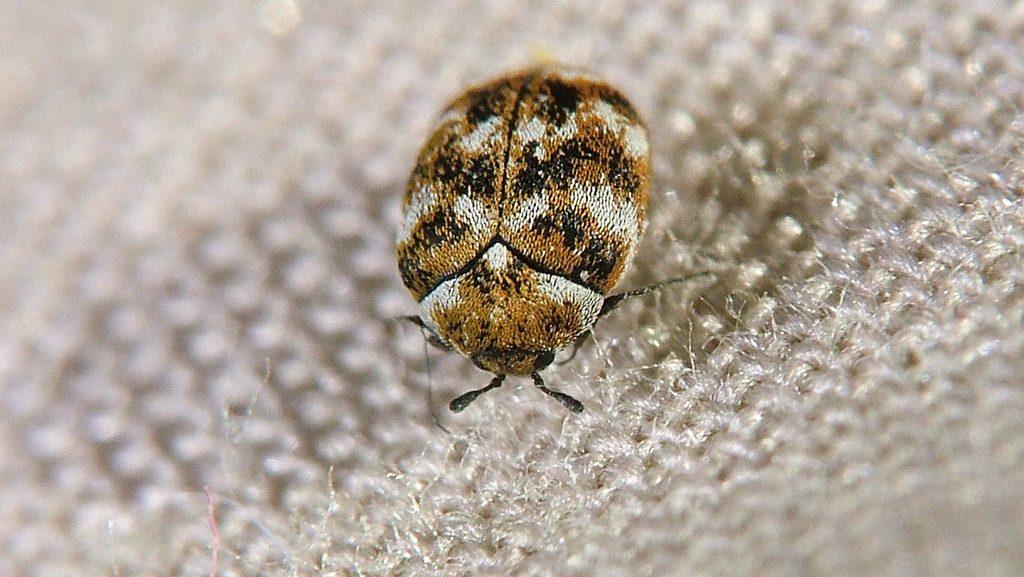
How to Spot Carpet Beetle Eggs?
Spotting carpet beetle eggs requires close inspection, as their small size and color make them easy to miss. These eggs are no larger than a grain of rice and are usually clustered together in groups of a few dozen. Freshly laid eggs are often white or translucent, though they may darken slightly as they near hatching. To identify them, look for their smooth texture and glossy appearance. They are often found near natural materials like wool or silk, so if you suspect an infestation, examine such items closely. Using a flashlight and magnifying glass during inspections can make it easier to locate these tiny eggs. If you spot a large number of eggs on your property, it might be a sign of a carpet beetle infestation. You can try eliminating the threat yourself or consult experts for the same. Our pest control professionals provide a customized approach to protect your home effectively.
How to Get Rid of Carpet Beetle Eggs?
Removing carpet beetle eggs requires thorough cleaning and targeted action. Here’s how to address the problem: Vacuum Regularly Begin by vacuuming all carpets, rugs, and upholstery thoroughly, especially in corners and under furniture. This removes eggs, larvae, and potential food sources. Throw off vacuum bags immediately to prevent re-infestation. Wash Infested Fabrics Wash all affected clothing, bedding, and curtains in hot water (above 120°F). For delicate fabrics, consider dry cleaning. Use Insecticides Apply insecticides labeled for carpet beetles in affected areas, such as baseboards, rugs, and furniture seams. Be sure to follow the manufacturer’s instructions for safe use. Freeze Items For fabrics that cannot be washed, place them in a sealed plastic bag and freeze them for at least 72 hours. Freezing effectively kills both eggs and larvae. Professional Pest Control If the carpet beetle infestation doesn’t end despite your efforts, contact our professional pest control service. We can provide tailored solutions to completely eradicate the problem.
Carpet Beetle Life Cycle
Understanding the life cycle of carpet beetles helps in managing an infestation more effectively. Their life cycle consists of four stages:Life Cycle of Carpet Beetles
-
Egg: Female beetles lay eggs in protected areas near food sources. Eggs hatch in 7–10 days.
-
Larva: This is the most destructive stage, where the larvae feed on organic materials like fabrics, feathers, and pet hair.
-
Pupa: After feeding and growing, the larvae pupate and transform into adult beetles. This stage lasts for several weeks.
-
Adult: Adults do not cause damage but are responsible for reproducing and laying eggs, restarting the cycle.
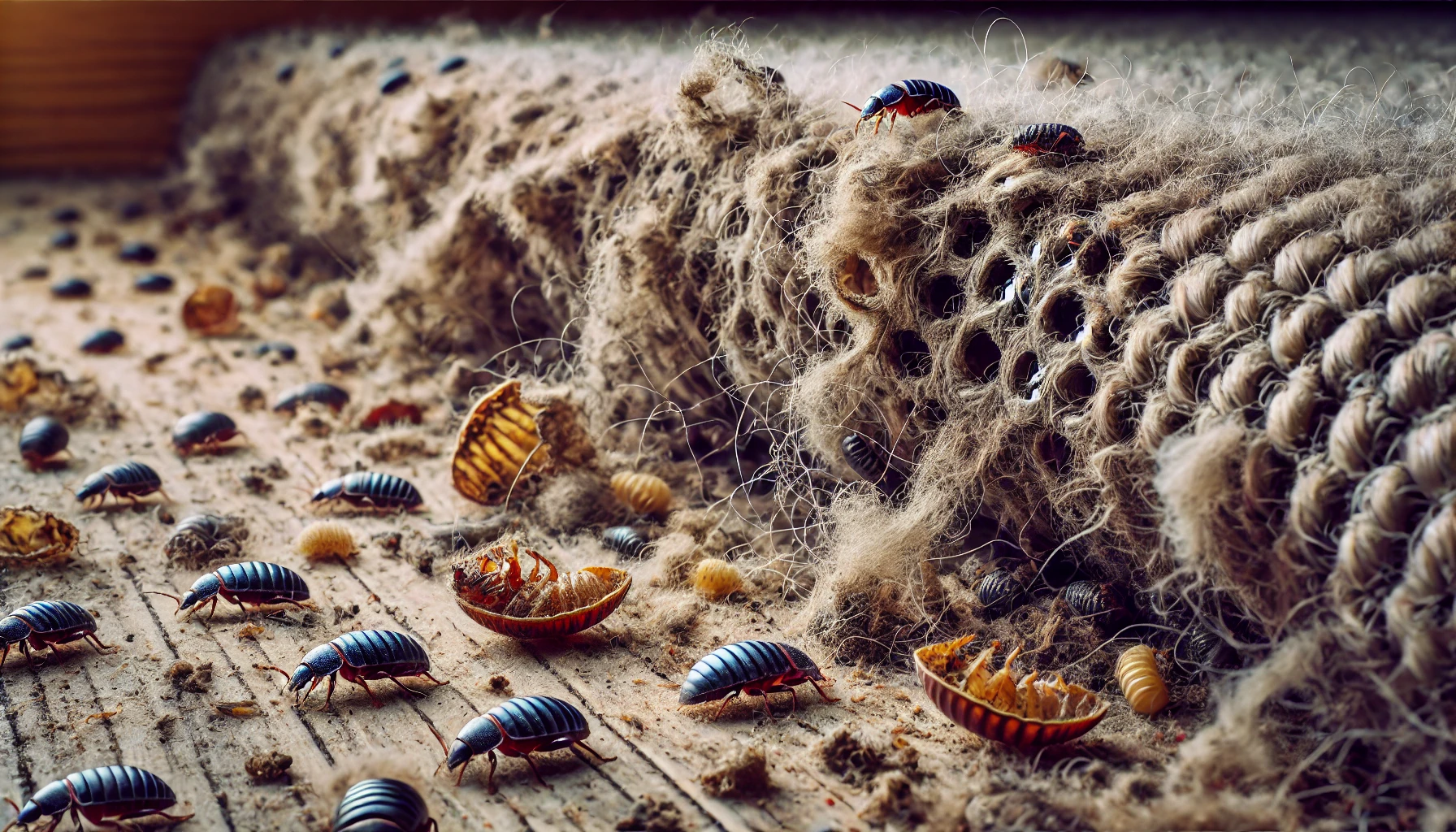
Signs of Carpet Beetle Infestation
- Finding carpet beetle eggs is an early warning sign, but how do you know if you have a full-fledged infestation? Here are a few common signs to look out for:
-
Damaged Fabrics: Irregular holes in woollen garments, carpets, and upholstery indicate larvae activity.
-
Presence of Larvae: Carpet beetle larvae resemble tiny bristled worms and are usually found near infested materials.
-
Shed Skins: As larvae grow, they shed their skins, which can be found near infested areas.
-
Adult Beetles: Adults are often spotted near windows or light sources.
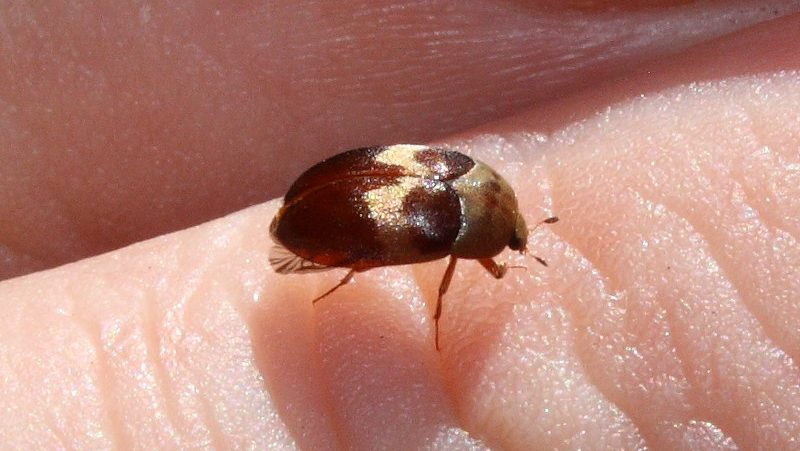
Myths and Facts About Carpet Beetle Eggs
Carpet beetles are the subject of numerous myths, which can make it more difficult to detect and eradicate them. Here, we debunk some common myths with the facts about carpet beetle eggs:| Myth | Fact |
|---|---|
| Carpet beetle eggs are easy to see. | Carpet beetle eggs are extremely small and often hidden, making them hard to detect. |
| Carpet beetles only lay eggs in carpets. | Carpet beetles can lay eggs in various places, including furniture, closets, and air ducts. |
| Vacuuming once will remove all the eggs. | Effective control requires regular and thorough vacuuming, as a single vacuuming session may miss eggs. |
| Carpet beetle eggs only hatch in dirty homes. | Carpet beetles can infest any home with natural fibers, regardless of cleanliness. |
| All carpet beetle eggs hatch into adults quickly. | The life cycle can vary, with larvae potentially lasting months or longer before reaching adulthood. |





